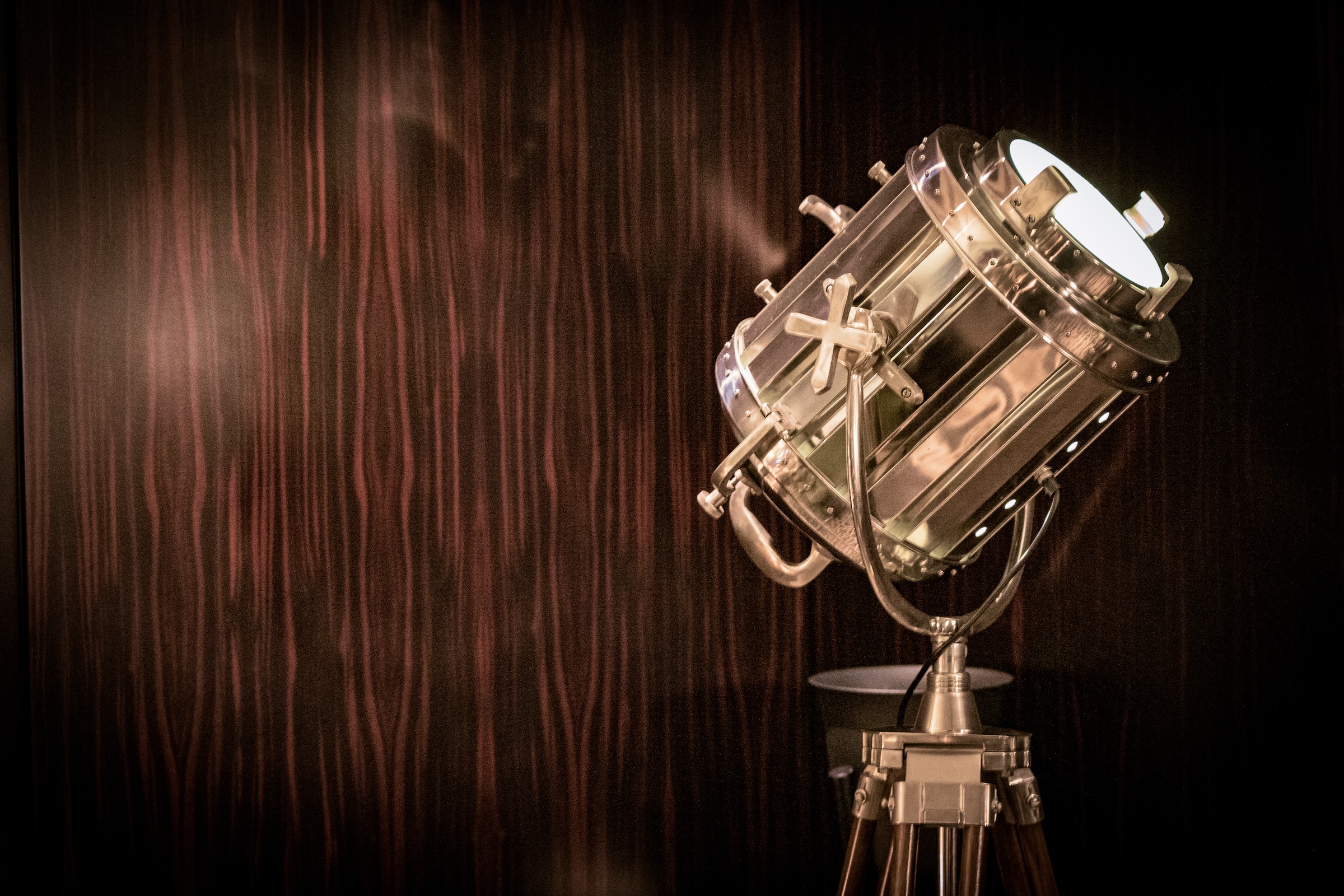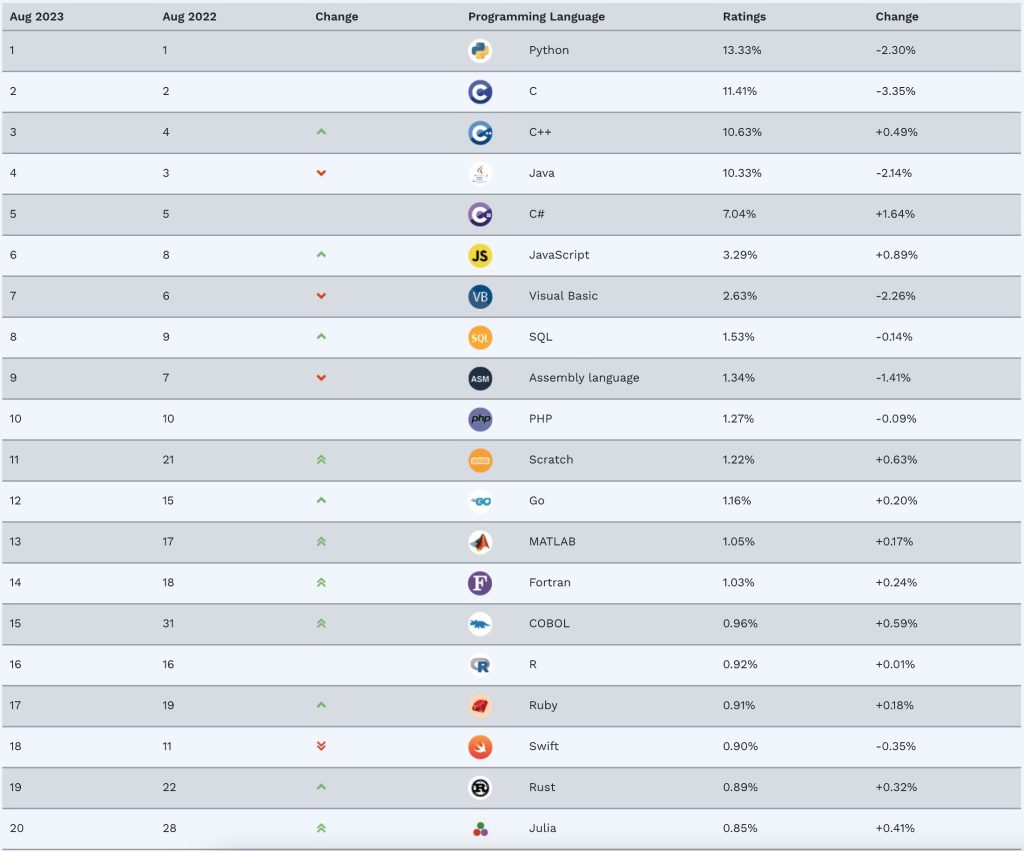
Programming language Julia has secured its place in the coveted TIOBE Index top 20 for the first time.
The historic achievement marks a major milestone for Julia, a programming language that has been in existence for just over a decade.
Known for its applications in data science and mathematical computation, Julia’s inclusion in the top 20 raises questions about its unique attributes and its potential to compete with established giants in the field.

Julia’s rapid ascent to the upper echelons of the TIOBE index is not without reason. The language distinguishes itself with its exceptional speed, making it a formidable competitor against the likes of Python, R, and MATLAB.
Unlike its contemporaries, Julia excels in handling large-scale systems—bridging the gap between the capabilities of R and the cost-intensive MATLAB. Furthermore, its open-source nature makes it a cost-effective alternative for developers seeking efficient solutions.
“Julia is faster than Python, more suitable to write large systems in it than R and less expensive than MATLAB. So, speed, scalability, and being open source make Julia an attractive alternative,” explains Paul Jansen, CEO of TIOBE.
However, Jansen also points out that Julia demands a higher level of programming proficiency compared to its counterparts, which raises questions about its sustainability in the competitive arena.
The TIOBE Programming Community index, updated monthly, serves as a barometer for gauging the popularity of programming languages. The ranking takes into account the number of skilled engineers worldwide, training courses, and third-party vendors.
By leveraging data from leading search engines and platforms such as Google, Bing, Wikipedia, Amazon, YouTube, and Baidu, the index aims to provide insights into programming language trends.
While Julia’s success in breaking into the top 20 reflects its growing influence, the TIOBE index is not solely about determining the best programming language or the volume of code written. Instead, it aids developers in assessing the relevance of their skills and making informed decisions about language selection for new software projects.
(Photo by Nick Fewings on Unsplash)
See also: State of Rust: Increasing global adoption supports positive outlook

Looking to revamp your digital transformation strategy? Learn more about Digital Transformation Week taking place in Amsterdam, California, and London
Explore other upcoming enterprise technology events and webinars powered by TechForge here.







